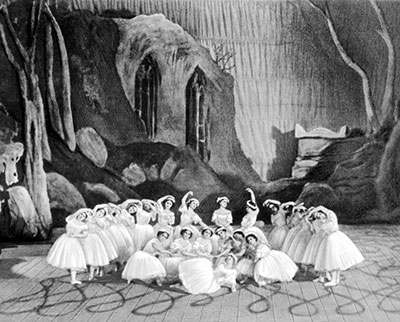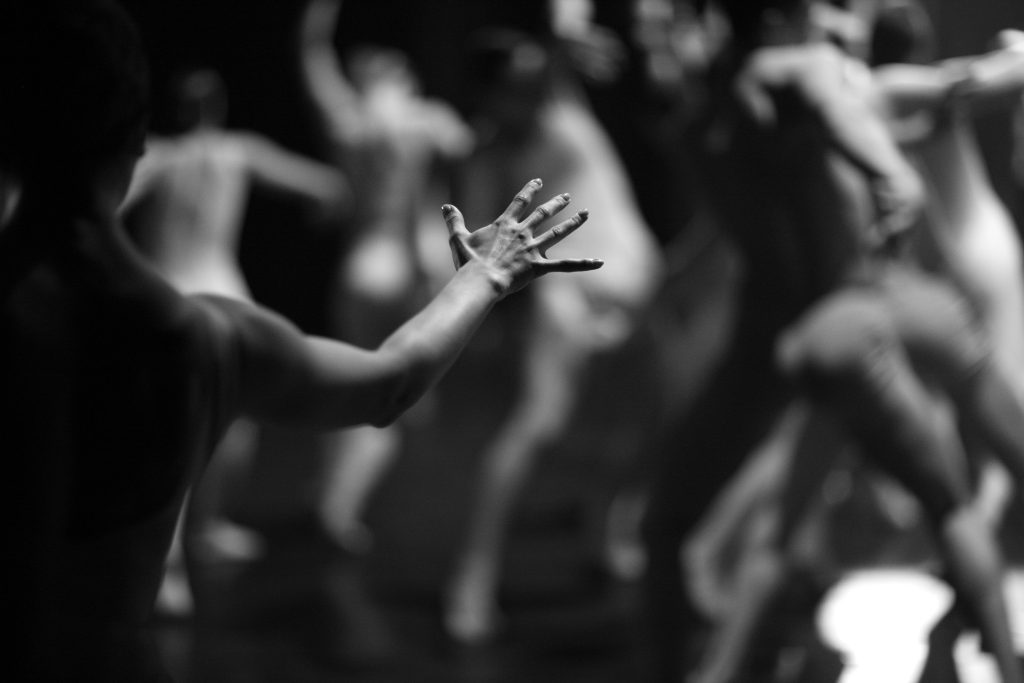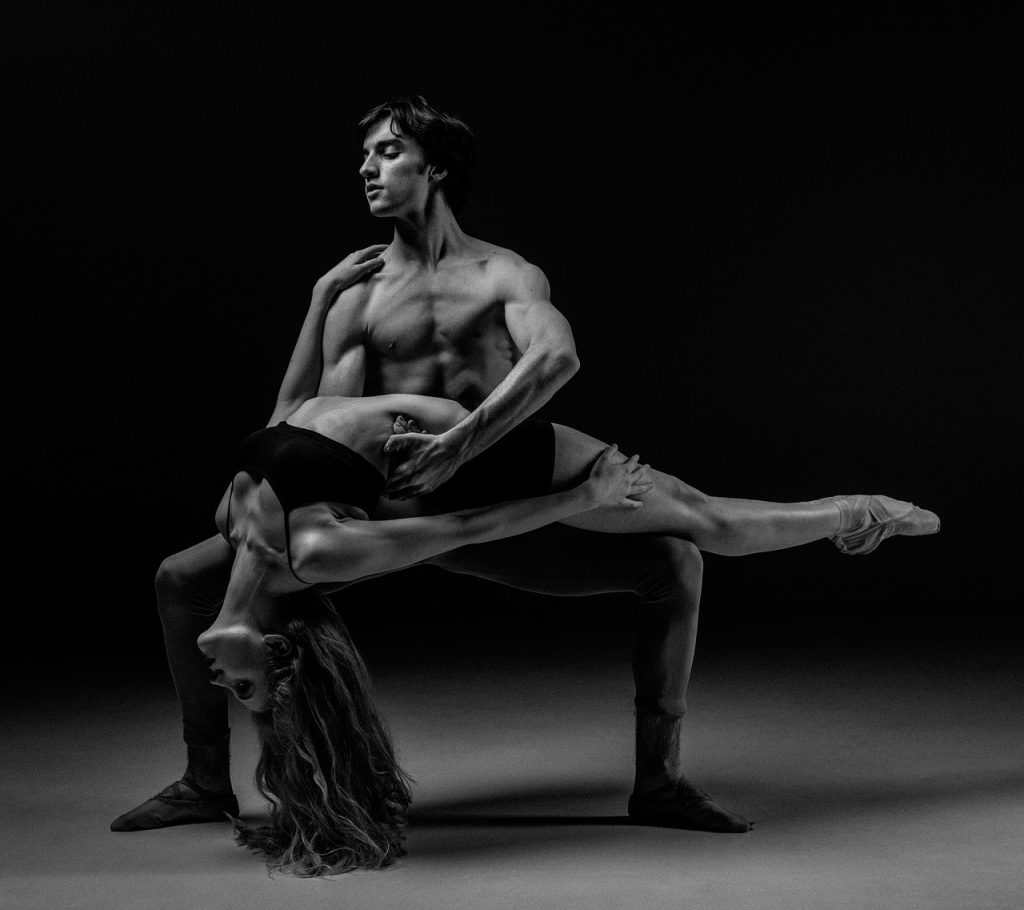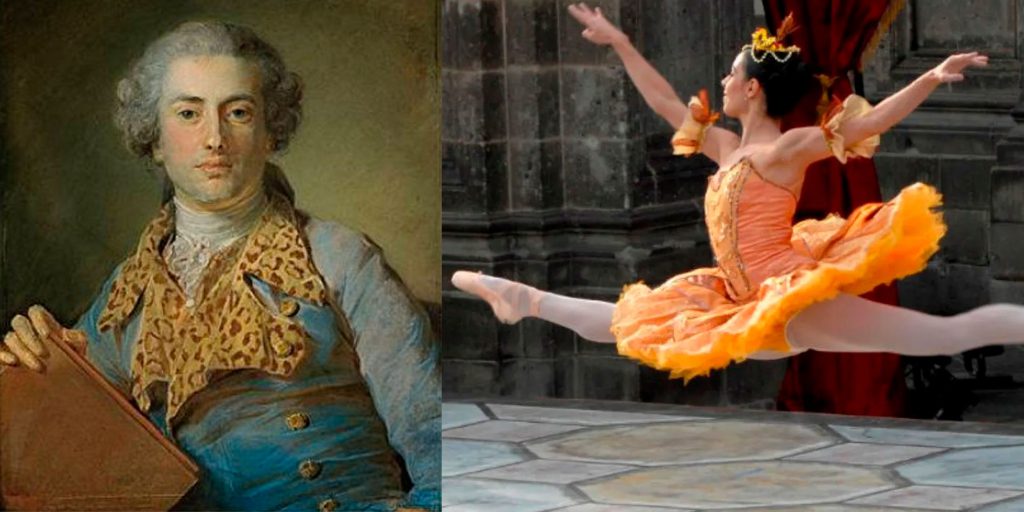We rescue and share the approach and philosophy on artistic expression and gesture, of this great genius, as one of the foundations of our work in which there is so much to do in today’s dance.
So his exposition was radical and innovative, not found in dance since in 1760 Jean George Noverre, the father of modern ballet, wrote his “Letters on dance and ballets” and the theories of “ballet d’action. “.
Fokine inaugurates the choreographic aesthetics that will define the entire history of ballet and even modern dance in the 20th century. He inaugurates a time when artistic expression was to be much more important than technical brilliance.
It inaugurates a time in which artistic expression was going to be much more important than technical brilliance.
Praised for his talent within a few years of his graduation by Marius Petipa himself, and influenced by the innovation of the dancer Isadora Duncan, as early as 1905, long before his “5 principles” he created for his favorite dancer, Anna Pavlova, a masterpiece such as “the death of the swan” in a kind of 3 minute improvisational exercise.
He then proposed a new critical and aesthetic questioning of the romantic classical ballet, in particular in this case, that of “Swan Lake”. Presenting in his choreography the absence of any technical acrobatics and asymmetries and dramatic elements that provide the agonizing image of a swan destined to die, with a tragic and stark realism.
Here we leave his some of his very important legacy and revolutionary outlook, with which we share his fundamental principles and philosophy in Pasoatres.
“The death of the swan” interpreted in 1925 by the very Anna Pavlova.
Dance and gesture have no meaning in ballet unless they serve as an expression of dramatic action.
1.- A ballet is not to form combinations of learned, established and mechanically ready dance steps, but to create a new form of movement that fits the theme and character of the ballet and music, in the most expressive way possible to the representation of the time and the subject represented.
2.- Dance and gesture have no meaning in ballet unless they serve as an expression of dramatic action.
3.- Admit the use of the conventional gesture only when it is required by the style of ballet, and in all other cases to replace the gestures of the hands with the movements of the whole body. “Man can and should be expressive, from head to toe”
4.- The group is not merely an ornament. “The new ballet” progresses from an expressiveness (only) of the face or hands to that of the whole body, and from that of the individual body to groups of bodies and from the expressiveness arising from the combination of a group dancing.
5.- The alliance of dance on equal terms with the other arts. The new ballet does not demand ‘ballet music’ from a composer, no tutus, or pink satin slippers for the artist – it gives the creators complete freedom.

A masterpiece in which the corps de ballet was for the first time to be an integral part of the work and not a mere decorative element serving to adorn or reinforce the evolutions of the soloists or the prima ballerina of the company.
A giant step in the history of ballet and dance. It did not tell a story, but rather evoked an atmosphere, creating a new genre, atmospheric ballet, a source of inspiration for 20th century ballet and modern dance.
She also opens the short ballets, with a duration of just 30 minutes, compared to the traditional 3 or 4 acts.
Last and most importantly, opening the door to modern dance, being the first ballet to use music not created to be danced.
Here we leave the letter sent to the directors of the imperial theater with its fundamental principles in their words.
The dance need not be a mere diversion, presented as a pantomime.
In ballet, the entire sense of history can be expressed through dance.
Above all else, dance must be interpretive.
Above all else, dance must be interpretive.
- It must not degenerate into mere gymnastics. It must, in fact, be more the word “plastique” (plastic) .to allow the dancer to respond to the applause of the audience.
- The dance should explain the spirit of the characters in the show. More than that, the entire period to which the ballet’s theme belongs must be expressed.
- For such an interpretive dance, the music must be equally inspiring. Instead of the waltzes of yesteryear, polkas, pizzicatos, and gallops, it is necessary to create a form of music that expresses the same emotion as that inspired by the movements of the dancers.
- The harmony that these dances must have with the theme, the time and the style, demands a new point of view in the matter of the sets and the costumes.
- No longer demanding the short skirts of a lifetime, pink tights and satin ballet shoes. One can give way to the freedom of artistic fantasy.
- The ballet should no longer be made up of the “numbers” and “entrances” and so on. It must show an artistic unity in its conception. The dramatic action of the ballet should never be interrupted to allow the dancer to respond to the applause of the audience.
The dramatic action of the ballet should never be interrupted to allow the dancer to respond to the applause of the audience.
- The great salient feature of the new ballet is that instead of acrobatic tricks designed to attract applause, formal entrances and pauses made exclusively for effect, there should be but one thing: the aspiration to beauty.
- Instead of the traditional dualism, ballet must have a complete unity of expression. Unit that is made up of the harmonious mixture of music and plastic arts.
- Through the rhythms of the body, ballet can find a way to express ideas, feelings, emotions.
Through the rhythms of the body, ballet can find a way to express ideas, feelings, emotions.
- Dance has the same relationship to gesture as bears do to prose poetry. Dance is the poetry of movement.
- Just as life is different at different times and gestures differ between human beings, so the dance that expresses life must vary. The Egyptian of the time of the pharaohs was different from the Marquis of the 18th century. The fiery Spanish and the phlegmatic inhabitant of the north not only speak different languages, they also use different gestures. These are not inventions. They are creations of life itself.








